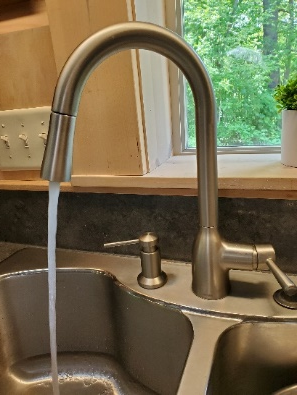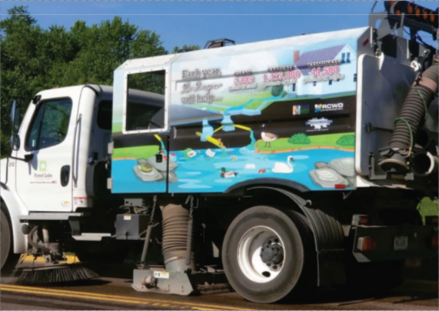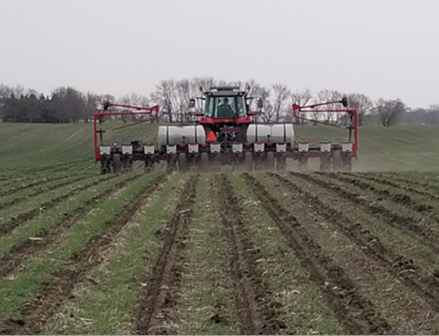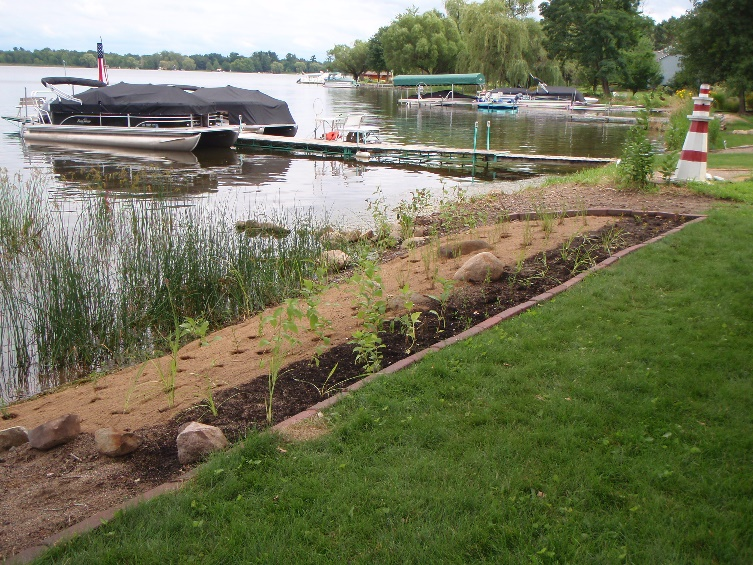Starting this spring, Linwood Township will be changing its approach to street sweeping in order to benefit water quality in Linwood and Martin Lakes. The Anoka Conservation District (ACD) worked with Linwood Township to study local roads and drainage networks and modeled different street sweeping options. They found that simply doubling the amount of street sweeping would result in approximately five times the pollutants from entering the lakes.
To achieve these benefits, the township will stop sweeping some streets that don't drain to the lake, add some street segments that do drain to the lakes, and increase the sweeping frequency of those streets from once annually to four times a year.
The study was fully funded by the Lower St. Croix (LSC) Partnership. ACD is receiving additional grant dollars from the LSC to partially fund the increased cost to the township.
For more information about this program, contact Jamie Schurbon at 763-434-2030 ext. 210 or This email address is being protected from spambots. You need JavaScript enabled to view it..







